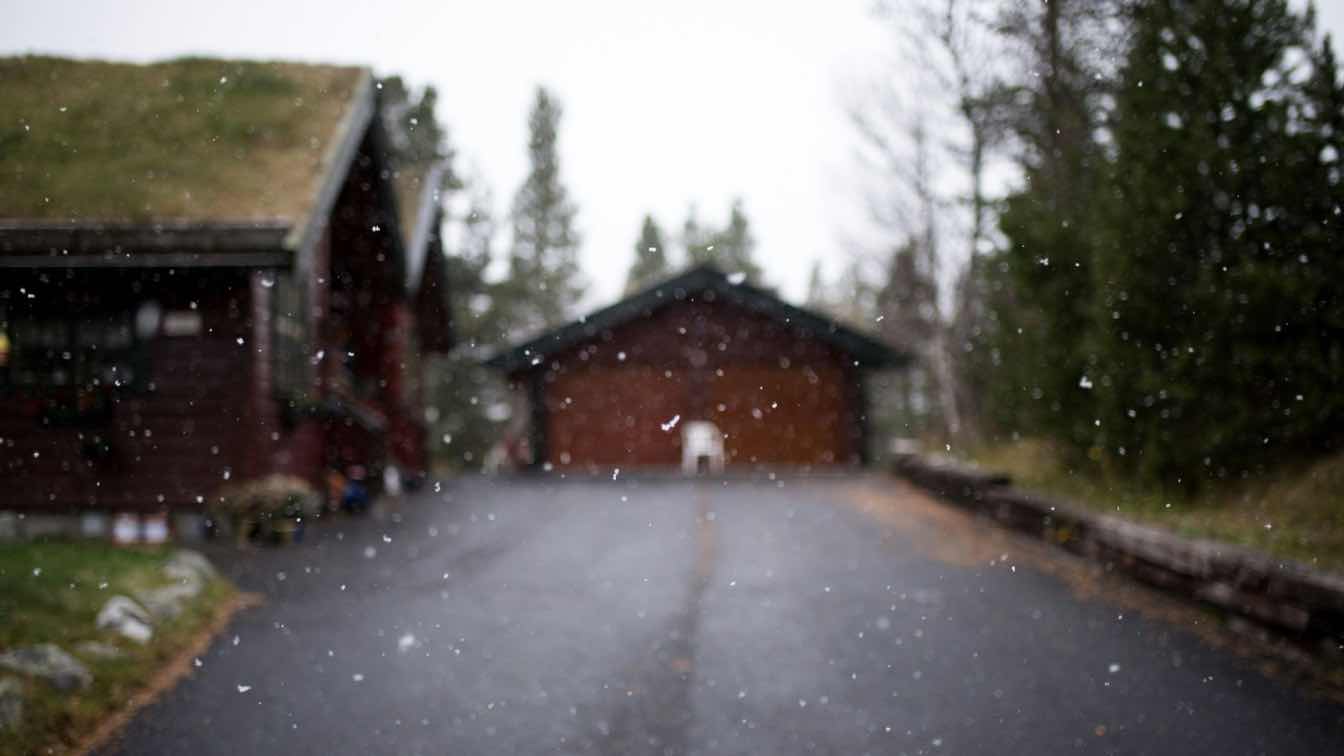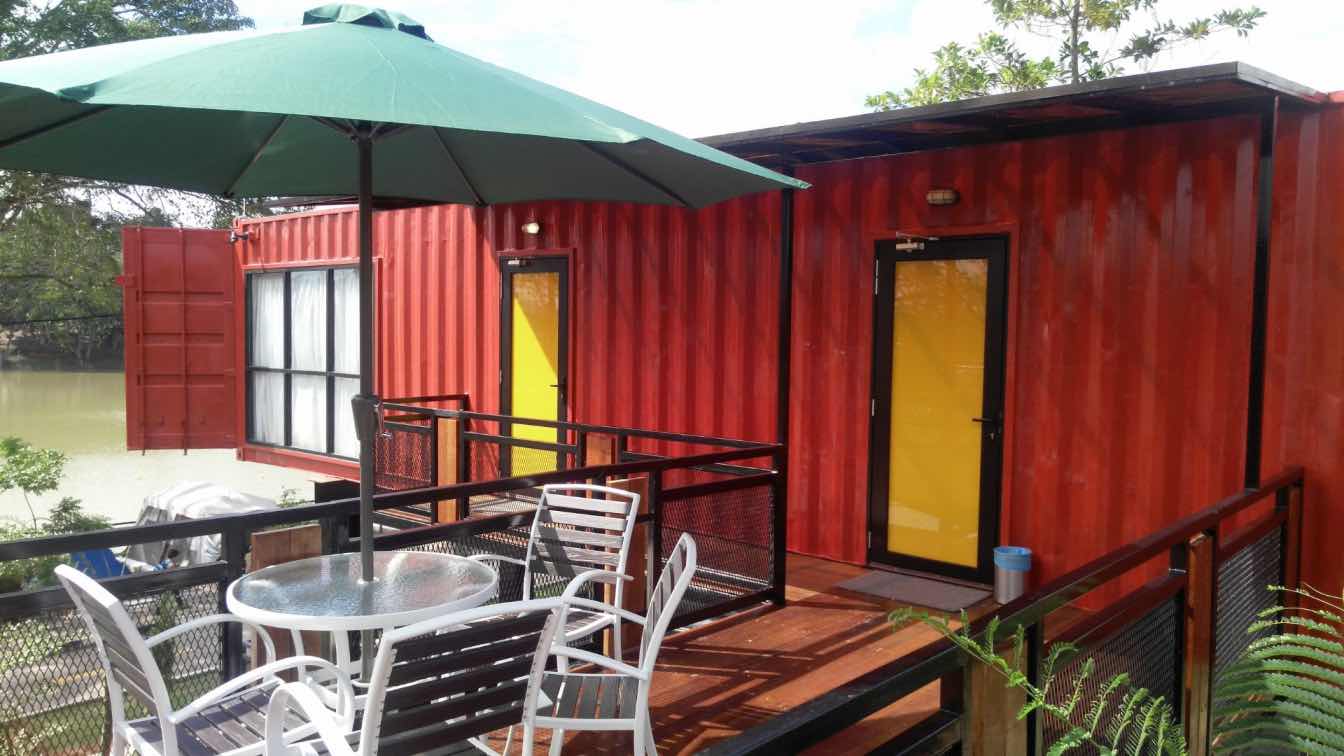This guide explains the mechanics of heated driveway systems, taking a close look at the two primary types: electric and hydronic systems.
We'll discuss how they transform your driveway into a snow-melting wonder, ensuring safe, clear access during winter months.
Key Takeaways
- Most heated driveways work by embedding heating elements (cables, tubes wires etc.) underneath the surface of the driveway.
- Above ground systems, such as electric heating mats, are also available. These are easier to install and usually less expensive than in-ground systems. .
- Electric systems have faster heat up times and require less maintenance than hydronic systems, but hydronic systems may prove more efficient and cost effective for larger driveways - particularly in much colder climates.
How Heated Driveways Work?
Electric Systems
Electric heated driveways use a network of resistive heating cables installed beneath the driveway surface.
When electricity passes through these cables, they generate heat, melting snow and ice on contact.
This system is often embedded in concrete driveways, but can also be used under asphalt or pavers.
Here's a more detailed look at their functionality:
Heating Element:
The core component of an electric system is the resistive heating cable. These cables are made of a heat-resistant material and contain a metal conductor that generates heat when an electric current passes through it.
Installation:
These cables are laid out in a grid pattern beneath the driveway surface. The spacing between cables is carefully calculated to ensure even heating across the entire area.
Operation:
When activated, electricity flows through the cables, causing them to heat up. The heat is then conducted through the driveway material (be it concrete, asphalt, or pavers) to the surface, where it melts snow and ice on contact.
Control Systems:
Electric heated driveways are typically equipped with sensors and a thermostat. These components detect temperature and moisture levels, automatically turning the system on when snowfall begins, and off when the driveway is clear, optimizing energy usage.
Flexibility in Design:
One advantage of electric systems is their flexibility in design. They can be customized to fit various shapes and sizes of driveways, making them ideal for properties with unique layouts.
Pros and Cons
Pros:
- Ease of Installation: Electric systems are less invasive to install, especially in existing driveways, since they need less excavation or work through mats on the surface of the driveway.
- Low Maintenance: They generally need less maintenance over time compared to hydronic systems.
- Fast Heat-Up Time: Electric cables heat up quickly, providing rapid snow melting after activation.
- Energy Efficiency in Small Areas: For smaller driveways or specific areas like walkways, electric systems can be very energy-efficient.
- Flexibility in Design: These systems can be custom-designed to fit various shapes and sizes of driveways.
Cons:
- Higher Operating Costs: The cost of electricity can make these systems more expensive to operate than hydronic systems, especially in larger areas.
- Not Ideal for Large Areas: For expansive driveways, the cost to run them may not be worthwhile.
- Dependence on Electricity: In areas with frequent power outages, these systems might not be reliable.
- Potential for Cable Damage: Over time, the heating cables can be susceptible to damage, which might need invasive repairs.
Hydronic Systems
Hydronic systems circulate a glycol solution or water through tubing laid beneath the driveway.
A boiler heats the liquid, which then transfers heat to the driveway surface, melting snow and ice.
The process involves several components working in harmony:
Tubing:
The primary component is a network of durable, flexible tubing laid beneath the driveway's surface. This tubing circulates a heated water-glycol solution.
Heating the Liquid:
A boiler or water heater heats the liquid. This can be powered by various fuel sources, including gas, oil, electricity, or even solar energy for an eco-friendly option.
Circulation:
Once heated, the liquid is pumped through the tubing. As it circulates, it transfers heat to the surrounding material, effectively warming the driveway's surface and melting snow and ice.
Efficient Heat Distribution:
The tubing is typically spaced evenly and installed in loops to ensure consistent heat distribution across the entire driveway. The layout is crucial for the system’s efficiency.
Control and Automation:
Like electric systems, hydronic driveways often have sensors and programmable thermostats for automated operation. This smart technology ensures the system only runs when necessary, reducing energy consumption.
Pros and Cons
Pros:
- Cost-Effective for Large Areas: For large driveways, hydronic systems are more efficient and cost-effective over the long term.
- Flexible Energy Sources: These systems can be heated using various energy sources, including gas, oil, electric boilers, and even renewable energy sources like solar.
- Consistent Heating: Due to the nature of fluid circulation, these systems provide consistent and uniform heating.
- Longevity: With proper maintenance, hydronic systems can have a long lifespan, often outlasting electric systems.
- Scalability: These systems can be scaled to heat large driveway layouts.
Cons:
- Higher Initial Installation Cost: The installation of hydronic systems is more complex and costly, especially in retrofit situations.
- Longer Installation Time: Setting up a hydronic system is more time-consuming, often requiring extensive excavation and installation work.
- Maintenance Requirements: They need more regular maintenance, including checks on the boiler, pumps, and fluid levels.
- Slow Heat-Up Time: These systems take longer to heat up compared to electric systems, which can be a drawback in sudden snowfall situations.
- Complex Repairs: If problems arise, repairing a hydronic system can be more complex, as it often involves dealing with underground pipes.
Choosing the Right System for Your Home
Consider factors like local climate, driveway size, and budget when selecting a system.
For large driveways in colder climates, a hydronic system may be more cost-effective.
Smaller driveways or those in milder climates might benefit more from an electric system.
Installation Process of Heated Driveways
The installation involves several steps, including:
1. Excavating the driveway area.
2. Laying down heating elements (cables or tubes).
3. Connecting the system to a power source (for electric) or a boiler (for hydronic).
4. Covering the elements with concrete, asphalt, or paving stones.
5. Testing the system.
You should always hire professionals to install heated driveways when possible.
Operating and Maintenance Tips
Effective use and maintenance involve:
- Regularly checking the system for any signs of wear or damage.
- Keeping the driveway surface clean to ensure efficient heat transfer.
- Scheduling annual maintenance checks to ensure system longevity.
Cost Analysis
Electric Systems
Whilst most hydronic systems are essentially the same, there are different types of Electric systems (Above Ground Tire Tracks, Inground Line Voltage Tire Tracks, Inground Line Voltage Whole Driveway etc.).
This means there is a wider range of costs for electric systems.
On average an electric system will cost between $2,000-$14,000 for an average 2 car driveway.
Hydronic Systems
On average a hydronic system will cost between $6,000-$16,000 for an average 2 car driveway.
Safety and Environmental Considerations
Heated driveways improve safety by reducing the risk of slips and falls.
To minimize environmental impact, consider:
- Using energy-efficient boilers or renewable energy sources for hydronic systems.
- Installing a programmable thermostat to optimize electricity use in electric systems.
FAQs
Can heated driveways be installed under gravel?
Yes, heated gravel driveways can be achieved using both electric and hydronic systems, though the installation process might differ slightly.
What is the lifespan of a driveway heating system?
With proper maintenance, a driveway heating system can last upwards of 20 years
How does radiant heat in a driveway differ from other heating methods?
Radiant heat driveways provide uniform heating across the surface, making them more efficient and effective in snow melting compared to direct heating methods.
How much does it cost to operate a driveway heat system?
The average cost of operating a heated driveway can range from $0.50 to $1.00 per hour.
The installation of a built-in heated driveway is costly, and the systems need customized design, leading to varying prices.
Are snow melting driveways worth the investment?
For many homeowners, particularly the elderly or those living in colder climates, the safety, convenience, and long-term savings make snow melting driveways a worthwhile investment.
Conclusion
Heated driveways, whether electric or hydronic, offer a reliable and efficient solution to managing snow and ice accumulation.
By understanding how they work and considering the right system for your home, you can make an informed decision.
Not only do they save time and labor in snow removal, but they also add safety and value to your property.
As technology advances, these systems are becoming more accessible and environmentally friendly, making them an increasingly popular choice for homeowners in snowy regions.





